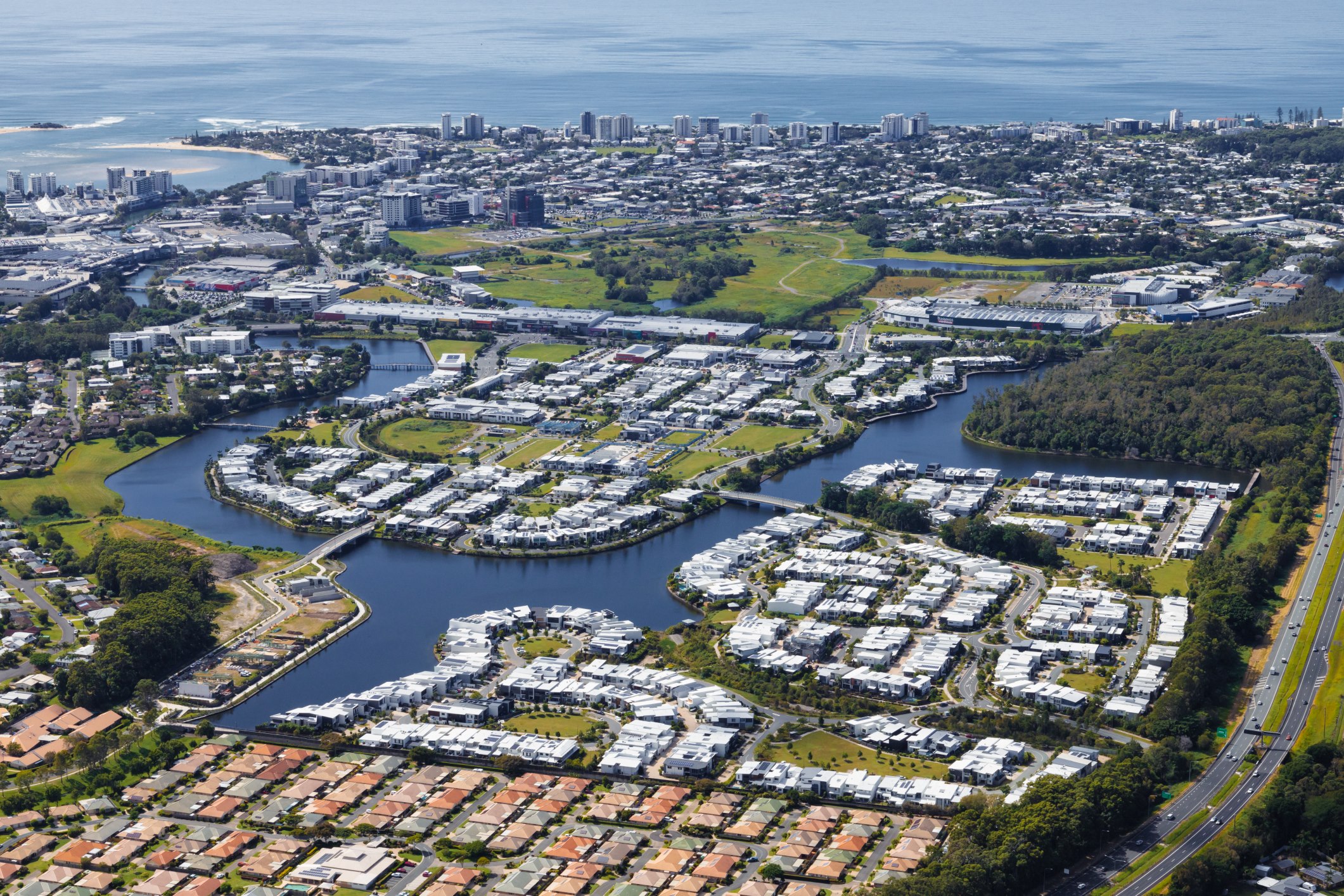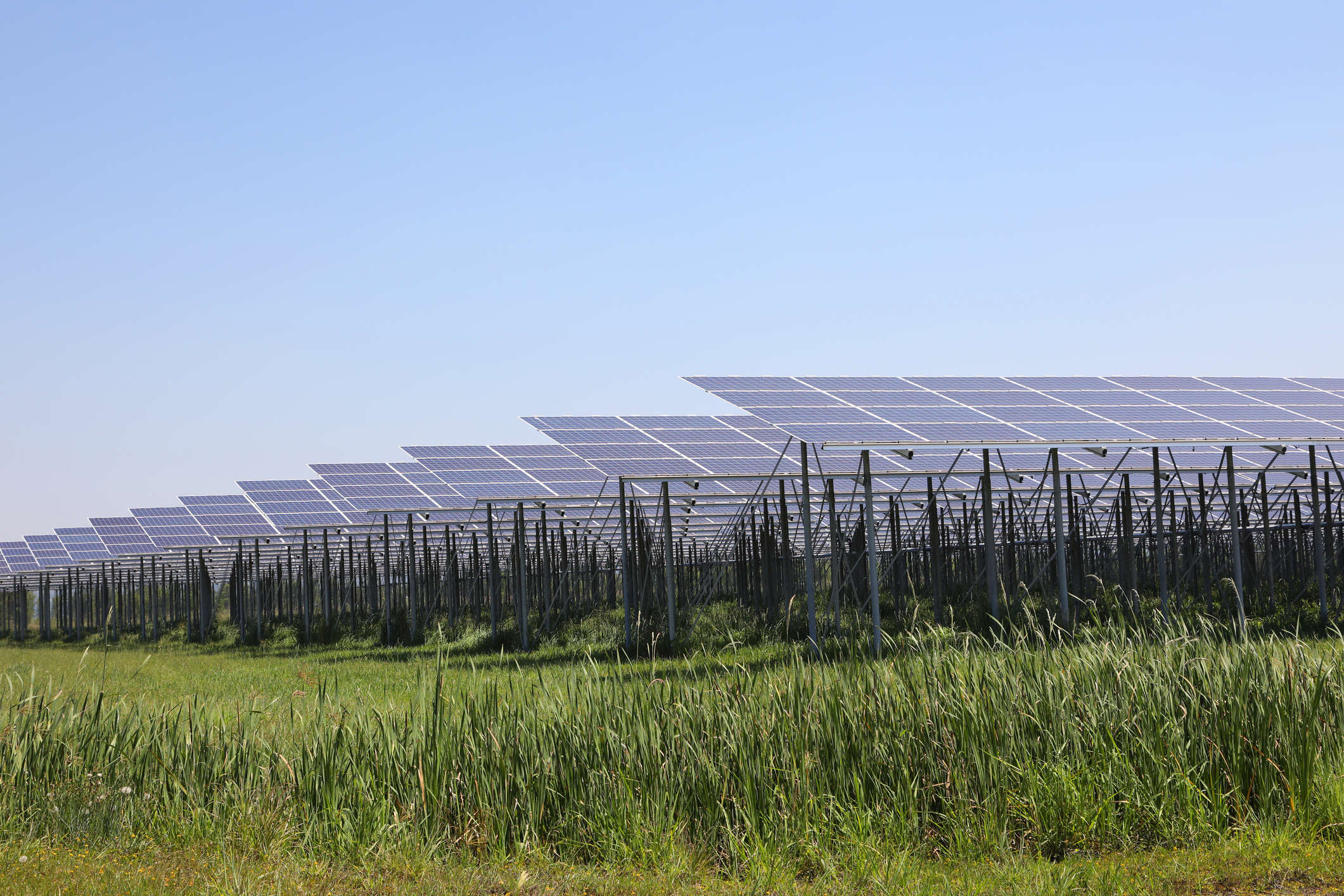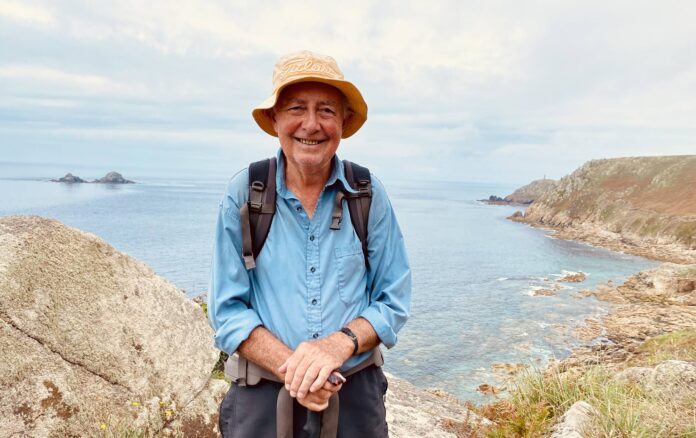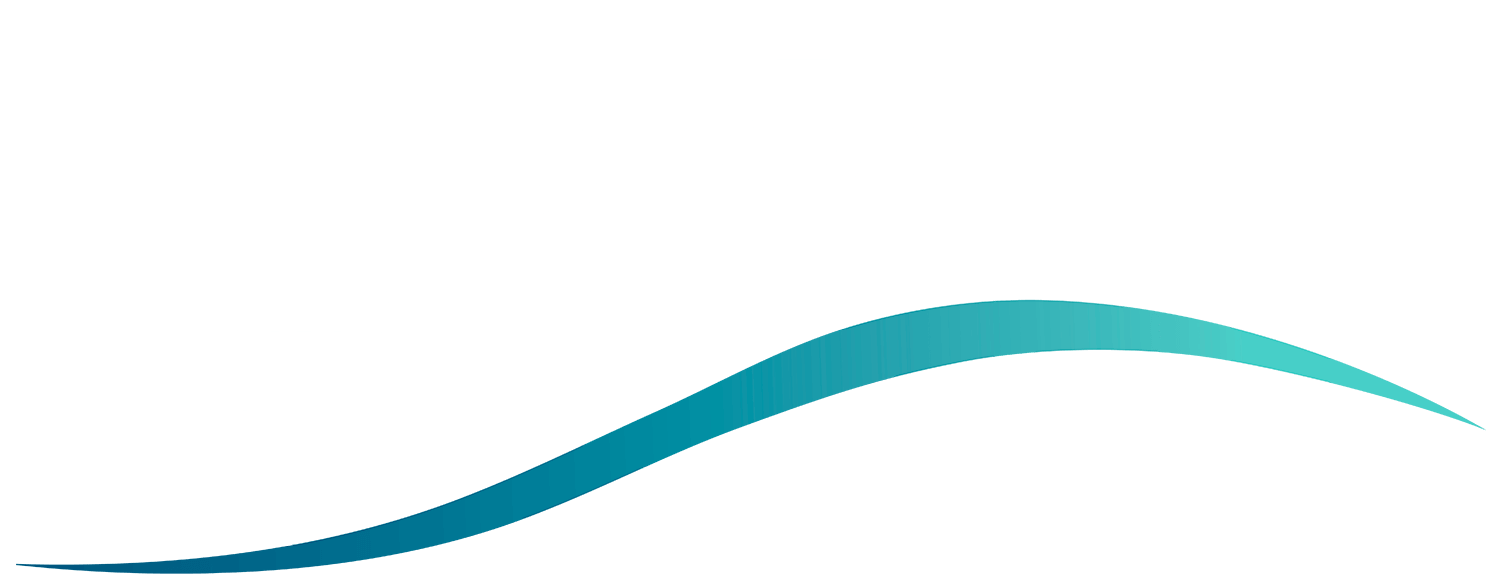A leading local academic has detailed the risks posed by nuclear power, amid revelations the Sunshine Coast was, in 2007, put on a shortlist of possible sites for a facility.
Emeritus Professor Ian Lowe says there are multiple problems with nuclear energy, including high costs, lengthy builds, health threats and international tension.
This is the third part of a Sunshine Coast News series on nuclear power and its future on the Sunshine Coast and in Australia. Read parts one and two.
Professor Lowe explained the process of nuclear energy production, and the potential for accidents.
“In a nuclear reactor, the process of fission (breaking up of unstable large atoms like uranium) releases heat energy, which is used to boil water,” he said.
“It is basically just a more complicated way of boiling water than burning coal or gas.
“The steam produced by the boiling water is used to turn a turbine and generate electricity.
“In normal operation, nuclear reactors have a good safety record but there have been a series of large-scale accidents like the Windscale fire, the Three Mile Island meltdown, the Chernobyl explosion and the destruction of the Fukushima reactor by a tsunami.
Do you have an opinion to share? Submit a Letter to the Editor at Sunshine Coast News via news@sunshinecoastnews.com.au. You must include your name and suburb.
“Those accidents have made people nervous about living near a nuclear power station.
“In the cases of Chernobyl and Fukushima, whole regions have been made permanently uninhabitable because the radiation levels are not safe for people to live there.
“As well as the small but non-zero risk of serious accidents, nuclear reactors produce radioactive waste that will need to be safely stored for thousands of years.
“This is a problem that is causing real headaches for all the countries that have nuclear power stations, with only one – Finland – being on the path to a solution.”

Professor Lowe says nuclear energy production has multiple requirements, and locations for power plants have been considered.
“If we were to build a nuclear power station in Australia, the need for massive amounts of cooling water would demand a coastal site,” he said.
“It would also need to be connected to the electricity grid and ideally be near a major power user like a capital city.”
The Australia Institute used a checklist of the needs to produce a shortlist of possible sites for nuclear power plants, for a research paper that was produced in late 2006 and released in early 2007.
The Sunshine Coast, where Professor Lowe has lived for the past 20 years, was among the locations named.
“It is worth adding that the tsunami of panic among sitting members of parliament when that list was released had to be seen to be believed,” he said.
“But we do now have a local member (Fairfax MP Ted O’Brien), promoting nuclear energy with great enthusiasm.”
There is no indication that the Sunshine Coast is on a current shortlist of possible sites.
Mr O’Brien, the Shadow Minister for Climate Change and Energy, believes nuclear energy has an key role to play to move Australia forward.
He said the Liberal National Party was “developing an all-of-the-above clean energy policy to restore affordability and reliability to Australia’s electricity grid while also reducing emissions”.
“We have been transparent about our consideration of zero-emissions nuclear energy as part of a balanced mix of technologies for Australia’s future energy system, alongside renewables and abated gas,” Mr O’Brien said.
He has previously said, via ABC Radio National, that he would welcome a nuclear facility in his electorate or any other electorate, “where it is proven to be technologically feasible, has a social licence and is going to get prices down”.
But he also told Sunshine Coast News that a nuclear facility would probably be better placed somewhere other than the Coast.
“If the Coalition were to embrace zero-emissions nuclear energy as part of a balanced mix of technologies, a coal-to-nuclear strategy would make sense and experts suggest host communities with the experience in hosting coal-fired power stations would be ideal candidates to host next-generation nuclear plants,” he said.
Legalities and history
Professor Lowe says there would be legal hoops to jump through to make nuclear power production possible in the country.
“Nuclear power is not legal in Australia. To get support for its Environmental Protection and Biodiversity Conservation Act in 1999, the Howard government included clauses that specifically prohibit uranium enrichment, fuel fabrication and the building of power reactors,” he said.
“So, any proposal for nuclear power would require repealing that prohibition.
“The current government has no interest in doing that; neither did the Coalition at any point in their nine years in office.
“Since the 2007 report, no Australian government – national or state, Coalition or ALP – has shown any serious interest in nuclear power.
“While not all the opposition to nuclear power is entirely rational, there is certainly enough opposition to make any politician very nervous about the chances of the community supporting it.”

Solutions required
Professor Lowe says much more needs to be done to meet climate change targets.
“We are well down the path of phasing out coal-fired electricity and replacing it with low-carbon sources such as wind and solar,” he said.
“(But) we are well behind most affluent countries in cleaning up our transport system, with most passenger journeys in inefficient petroleum-fuelled vehicles.
“(And) we are still irresponsibly expanding export of fossil fuels.
“The climate consequences of our coal and gas exports are about double our entire domestic energy use.
“We desperately need an integrated program for phasing out fossil fuels in all areas: not just electricity but transport, agriculture, manufacturing, cooking etc, taking into account the expected lifetimes of equipment.
“Most European countries have set deadlines after which it will no longer be legal to register new petroleum-fuelled vehicles, usually with a later date for hybrid cars.
“If we want to get to zero emissions by 2050 and a car lasts on average fifteen years, we can’t allow new ones after 2035.”
Read what Sunshine Coast residents think about nuclear power in part four of the series on Sunshine Coast News in coming days.





